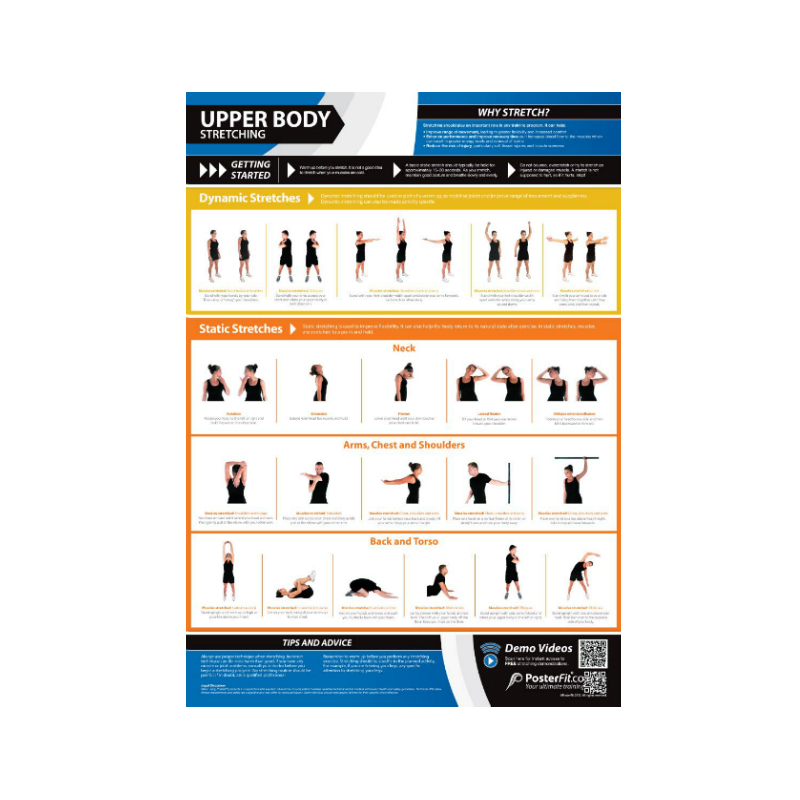Reach Your Potential Comprehensive Upper Body Stretch

Exploring the Benefits of Full Upper Body Stretch
Introduction
Welcome to a journey into the world of full upper body stretching. It’s not just about touching your toes; it’s about unlocking the potential of your muscles, enhancing flexibility, and promoting overall well-being. In this article, we’ll delve into the importance of full upper body stretching and how it can transform your fitness routine.
Understanding Full Upper Body Stretch
Full upper body stretching involves targeting all major muscle groups in the upper body, including the chest, back, shoulders, arms, and neck. It goes beyond simple static stretches to encompass dynamic movements that engage and elongate muscles, improve joint mobility, and alleviate tension.
The Benefits of Full Upper Body Stretch
The benefits of incorporating full upper body stretching into your routine are manifold. Firstly, it improves flexibility, allowing for greater range of motion in daily activities and workouts. Secondly, it helps to prevent injuries by reducing muscle stiffness and enhancing muscle elasticity. Thirdly, it promotes relaxation and reduces stress by releasing built-up tension in the muscles.
Key Components of Full Upper Body Stretch
A comprehensive full upper body stretch routine should include a variety of stretches that target different muscle groups and movement patterns. This includes stretches for the chest, shoulders, back, arms, and neck, as well as stretches that engage the core muscles. Incorporating both static and dynamic stretches ensures a well-rounded approach to flexibility training.
Effective Stretches for Full Upper Body
Some effective stretches for the full upper body include shoulder rolls, arm circles, chest openers, triceps stretches, and neck stretches. These stretches can be performed either standing, sitting, or lying down, and can be modified to suit individual flexibility levels. Holding each stretch for 15-30 seconds allows the muscles to relax and lengthen gradually.
Maximizing Results with Proper Form
Proper form is essential when performing full upper body stretches to maximize results and minimize the risk of injury. Focus on maintaining a neutral spine, relaxing the muscles being stretched, and breathing deeply throughout each stretch. Avoid bouncing or forcing the stretch beyond your comfortable range of motion, as this can cause muscle strain.
Incorporating Full Upper Body Stretch into Your Routine
Whether you’re a beginner or seasoned athlete, incorporating full upper body stretching into your routine is essential for overall health and well-being. Aim to perform these stretches at least 2-3 times per week, either as a standalone session or as part of your warm-up or cool-down routine. Consistency is key to reaping the benefits of flexibility training.
Tips for Success
To get the most out of your full upper body stretching routine, it’s important to listen to your body and respect its limitations. Start slowly and gradually increase the intensity and duration of your stretches as your flexibility improves. Stay hydrated, eat a balanced diet, and get plenty of rest to support muscle recovery and growth.
Conclusion
In conclusion, full upper body stretching is a valuable component of any fitness routine, offering numerous benefits for flexibility, injury prevention,
